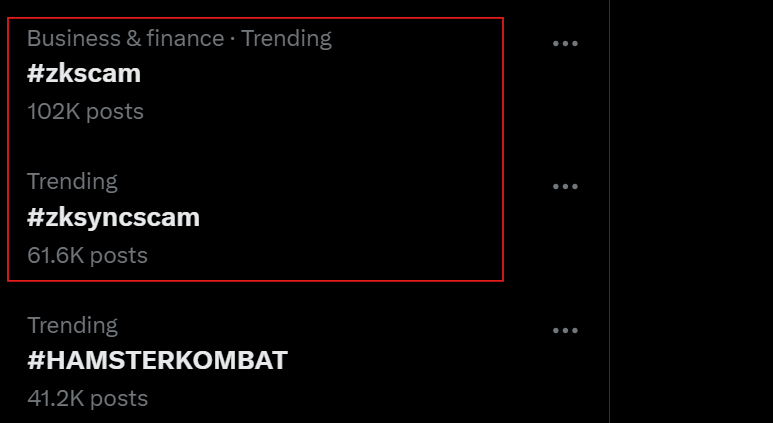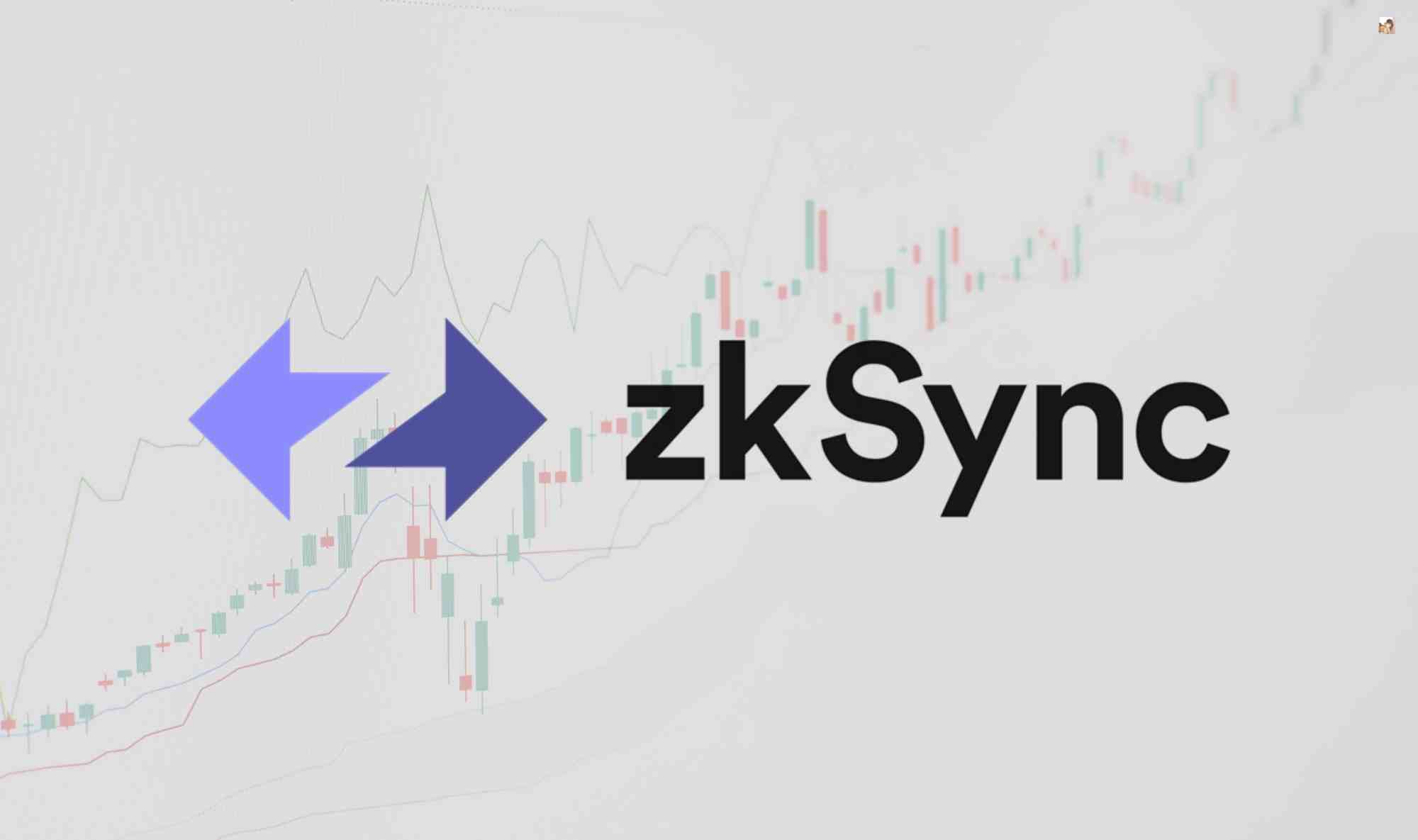ZKSync, a widely-used verifiable blockchain network with over 7 million addresses, has launched the ZK token. They claim that this token will enable holders to propose and vote on protocol upgrades and pay for network fees using ZKSync’s native account abstraction.
The token launch involves distributing 17.5% of the total supply through a one-time airdrop, which amounts to 3,675,000,000 of the 21 billion total supply of ZK tokens.
Unfortunately, community members have criticized the allocation and eligibility criteria for the airdrop claiming process. As such, many users have gone as far as suggesting that other network users consider withdrawing their funds from the network and bridging them to alternative Layer 2 solutions such as Arbitrum and others.
What to know about ZK Token and airdrop distribution
On June 11, Matter Labs, the team behind the ZKSync project, officially announced through a blog post that 17.5% of the total supply of 21 billion tokens will be airdropped to 695,232 eligible wallets from June 24, 2024, to January 3, 2025. The remaining tokens will be reserved for various purposes, including ecosystem initiatives, team members, investors, and a token assembly.
The ZK token serves as a protocol token, enabling token holders to propose and vote on protocol upgrades and cover network fees using ZKsync’s native account abstraction. The community can develop ZK through governance-driven protocol updates to introduce staking and other features.
In addition, with the launch of more ZK chains in the future, the Matter Labs team asserts that the token can be a crucial tool for coordinating technical innovation.
The blog post reads,
It’s time to put the ZK token into the hands of the community. It’s your turn to govern ZKsync’s future.
Therefore, once eligible users claim their ZK airdrop token allocations, ZK tokens can be utilized for governance within the ZKsync protocol, allowing token holders to vote on protocol upgrades and pay network fees.
“Zksyncscam” trends as ZK airdrop eligibility sparks outrage
The criteria for eligibility have faced significant criticism from members of the community, and many tweets with the terms “zkscam” and “zksyncscam” are currently trending heavily on X (Twitter).

Source: X
This criticism has arisen despite the team’s assertion that the airdrop is distributed to 695,232 wallets, purportedly making it the most extensive token distribution among users among major rollups.
However, many community members have stated that they were not deemed eligible for the airdrop and are still waiting for their ZK token allocation. A user specifically mentioned that he was not eligible despite trading a volume of over $100,000, spending over $100 in gas fees, and engaging with the network for at least three years.
Meanwhile, the Matter Labs team clarified in the official post that the requirements for eligibility involve engaging with ten smart contracts, providing liquidity to DeFi protocols, contributing to a Gitcoin round on ZKsync Lite, trading ten different ERC20 tokens, owning a Libertas Omnibus NFT, and conducting transactions on ZKsync Lite in 3 distinct months before the ZKsync Era mainnet launch, among other activities.
The eligibility and distributions for the airdrop were determined by a snapshot of activity on ZKsync Era and ZKsync Lite captured on March 24, 2024, at 0:00 UTC, which marked the first anniversary of the ZKsync Era mainnet launch.












